See how the contraceptive patch works in the body, what its side effects are and the main advantages and disadvantages of the method.
One of the contraceptive methods that help a couple avoid an unwanted pregnancy is the contraceptive patch. In short, there are several methods and the mechanisms of action of these methods are varied, and it is up to men and women to decide which is the most efficient and most appropriate for each type of situation.
The contraceptive patch has a similar shape to a square Bandaid, which contains two hormones similar to those in the contraceptive pill that pass these hormones through the skin until they reach the bloodstream, producing a contraceptive effect as effective as the pill.
How it works?
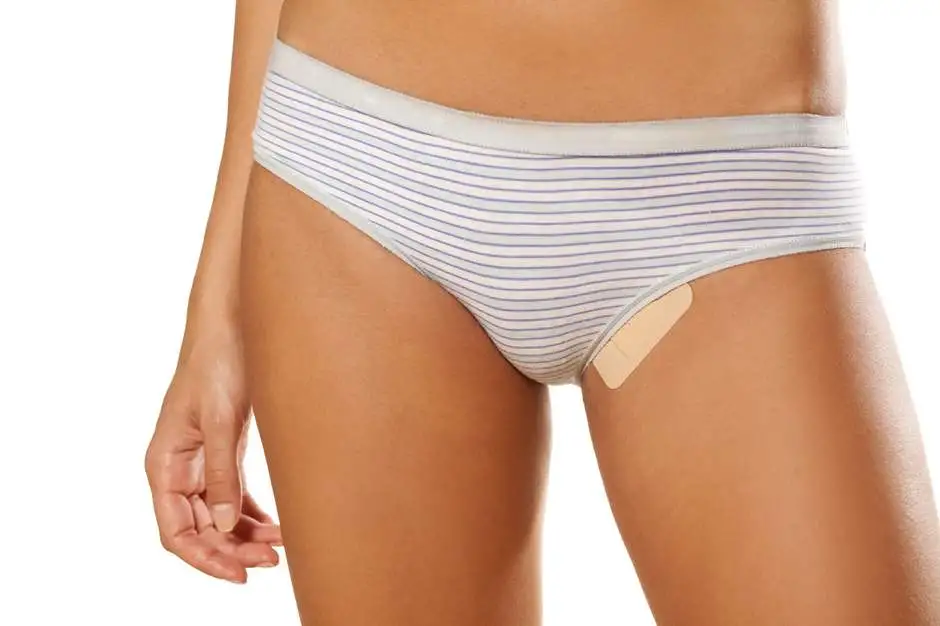
In short, the hormones estrogen and progesterone are continually released, entering the bloodstream through the skin, where they prevent the release of eggs from the ovaries and also make the cervical mucus thick, making it impossible for sperm to reach the egg.
How should the contraceptive patch be used?

First of all, you only need to use it if recommended by a doctor. Having done this, basically just peel off the back and then apply the sticker directly to the skin. Leave the patch on the application site for a week and then replace it with a new one.
Above all, remove the applied contraceptive patch and place a new one once a week for 3 weeks, for a total of 21 days. In the 4th week you take a break. The menstrual period should begin during this week of break from using the patch. Later you repeat the same process.
Where should it be applied?
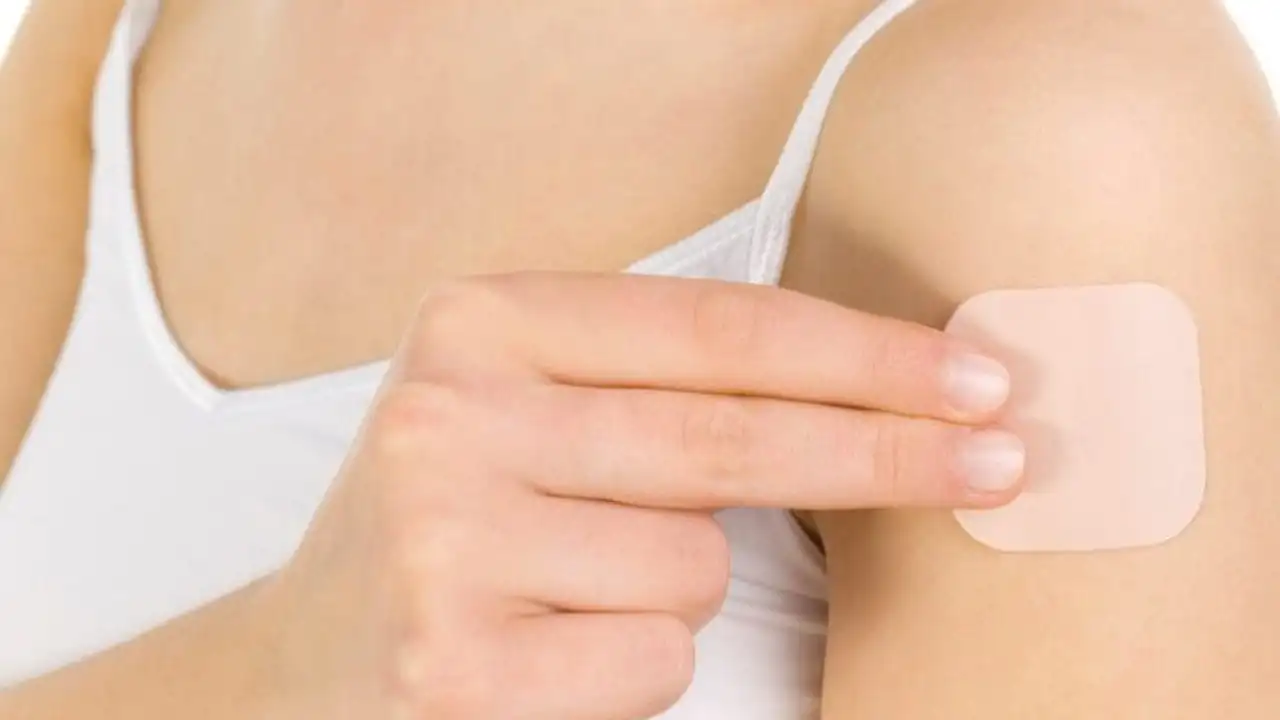
Basically, the contraceptive patch can be applied to different areas of your body, as long as the skin is clean, dry and there is not much hair. Therefore, the most commonly used locations are the external surface of the arm, abdomen, thigh, buttocks or trunk.
However, the breasts should be avoided, as local absorption of estrogen can cause mastalgia (breast pain).
Furthermore, never use moisturizing oils, creams, lotions and any type of makeup on or near the area where the sticker is located. Because all of these products can reach the effectiveness of the adhesive, causing the glue to lose its effect on the skin and come off easily.
How to place the 1st sticker
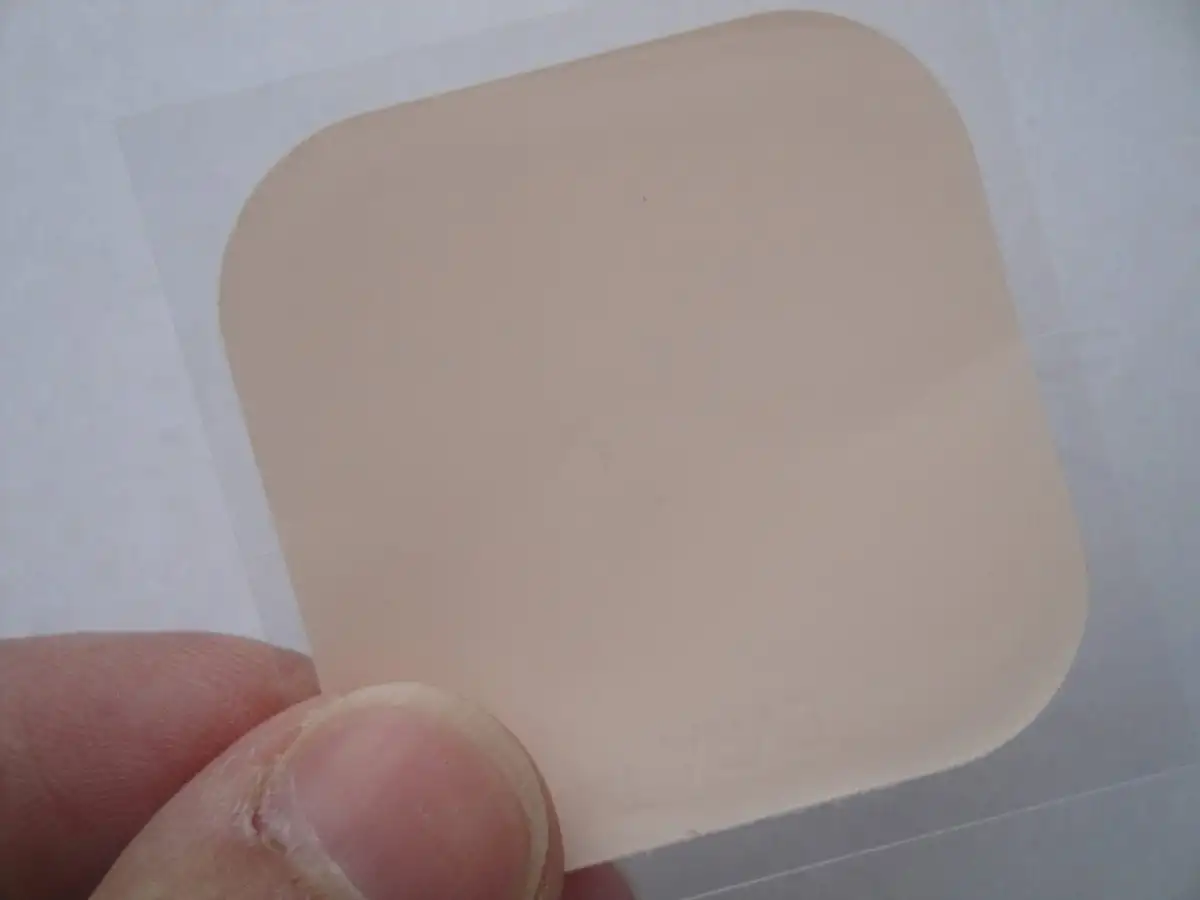
Firstly, for those who did not use any other contraceptive method, they must wait for the 1st day of their period to stick the patch on their skin. Secondly, anyone who wants to stop taking the contraceptive pill can apply the sticker the next day after taking the last pill in the pack, before menstruation begins.
However, menstruation may be irregular in the first 2 months of using this contraceptive patch, but tends to normalize afterwards.
Displacement or loss
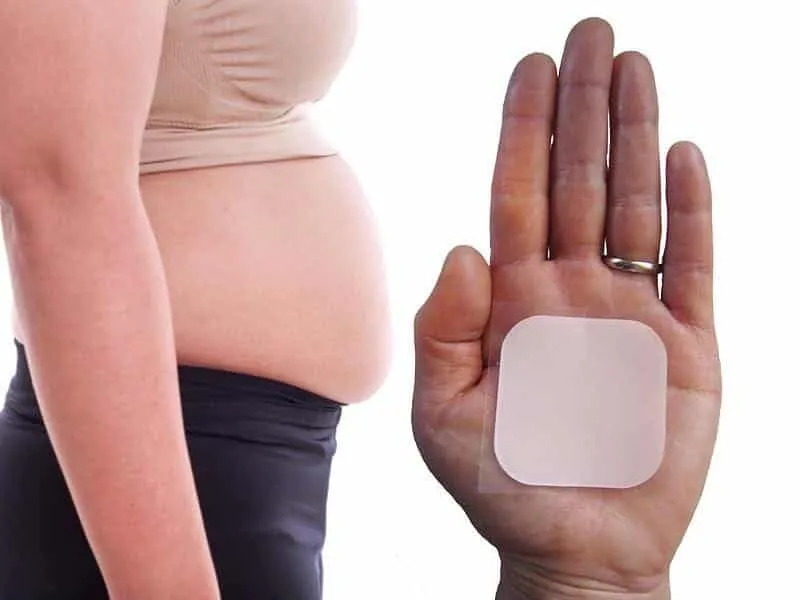
The risk of adhesive detachment is only 5%, with most episodes occurring in the first few months of use. However, if the displacement occurs for less than 24 hours, reapply it or use a new adhesive. Finally, in cases of longer periods without application, a new cycle must be started.
Efficiency
Without a doubt, the contraceptive patch is an extremely effective contraceptive method, with success rates similar to those of the contraceptive pill. Therefore, if used correctly, that is, without delays in changes or errors in application to the skin, the method’s effectiveness is 99.7%.
Contraindications

Like any medication, contraceptive patches also have contraindications, such as a history of stroke, unknown vaginal bleeding and pulmonary embolism. Therefore, before opting for this contraceptive method, talk to your doctor.
What are the side effects?
Some women, while using the patch, may experience:
- Breast symptoms (sensitivity, feeling of heaviness);
- Mild headache;
- Reaction (irritation) at the application site;
- Nausea, infrequent;
- Dysmenorrhea (pelvic pain – in the lower abdomen – that occurs before or during the menstrual period).
Benefits
- Highly effective and safe method;
- Easy placement and removal;
- Can be placed at home;
- It is not necessary to remember every day;
- No interruptions in sexual relations;
- It lasts for 7 days (replacement required every 7 days);
Disadvantages
- Even in more discreet places, the sticker is visible;
- It may loosen or fall over the course of the days;
- May cause redness or allergies in the applied area;
- It can cause headaches and mood changes;
- May cause changes in the menstrual cycle;
- May cause changes in weight;
- Is expensive;
- Does not protect against sexually transmitted diseases.
Brands and prices
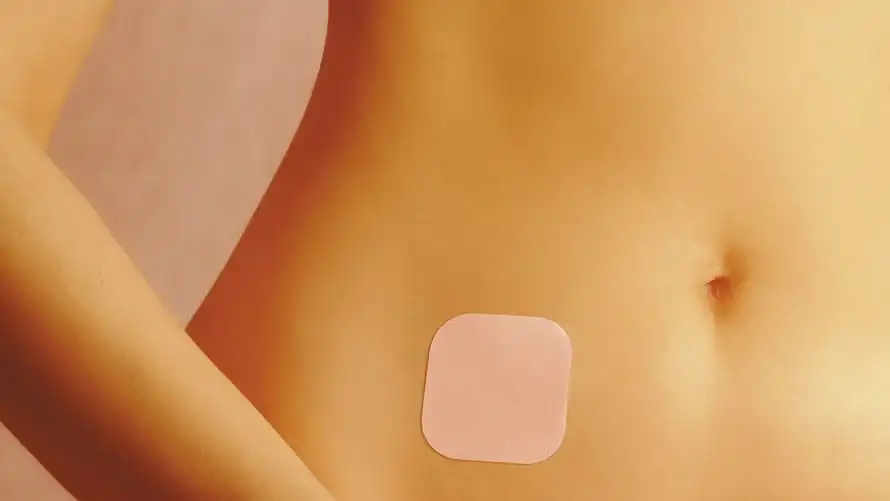
In summary, the most common contraceptive patch on the market is Evra, which contains 6.00 mg of norelgestromin and 0.60 mg of ethinyl estradiol in its dosage. The price can vary between R$50.00 and R$70.00.
However, there is also another option, Lisvy, which releases around 60 ug of gestodene and 13 ug of ethinyl estradiol in a period of 24 hours. This is a medicine whose price can vary between R$70.00 and R$90.00.
Attention
Finally, the contraceptive patch does not protect against HIV contamination and other sexually transmitted diseases. Therefore, using a condom is extremely important.
However, this was our article about contraceptive patches, did you like it? so read also: When should a woman start taking contraceptives?
Sources: Changing diapers Your health Live your life
Featured Image: Big Mom





